 |
November 22, 2019 Volume 25, Number 47 |
General Interest |
Theme: Geology |
Tech Tools |
Revisited |
In the News |
General InterestBack to Top | |
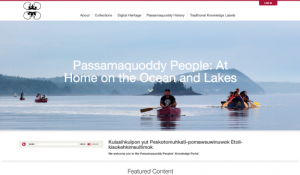 |
|
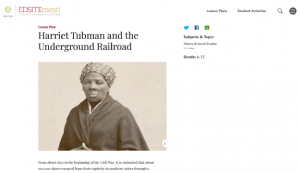 |
|
 |
|
 |
|
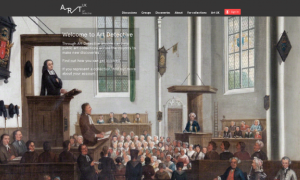 |
|
Theme: GeologyBack to Top | |
 |
|
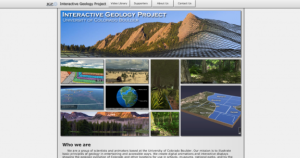 |
|
 |
|
 |
|
 |
|
Tech ToolsBack to Top | |
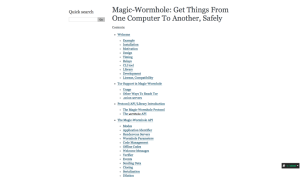 |
|
 |
|
RevisitedBack to Top | |
 |
|
In the NewsBack to Top | |
Women Artists See Long-Overdue Uptick in Representation at Art Museums | |
|
Female Old Masters Are Finally Getting Major Museum Shows The Dutch Golden Age's Female Painters Finally Get a Show of Their Own Baltimore Museum of Art will only acquire works by women in 2020 ArtNet News: Women's Place in the Art World National Museum of Women in the Arts: Collection Highlights The Getty: Recording Artists While exhibitions of well-known artists such as Caravaggio, Rembrandt, Van Gogh, and Warhol continue to attract viewers to art museums around the world, the female contemporaries of these and other male artists have begun to receive the attention from curators and art historians that they have long been owed. For example, the Museo del Prado in Madrid and the National Museum of Women in the Arts (NMWA) in Washington, DC, are both currently holding exhibitions that place the spotlight on women artists of the Renaissance and Baroque eras. The Prado's exhibition showcases two 16th-century women artists, while the NMWA's exhibition features eight women artists from the Dutch Golden Age. It is not only exhibitions historical women artists that are in ascension among art museums - the Baltimore Museum of Art recently announced that, in addition to holding multiple exhibitions of women artists, all of the artwork it acquires for its permanent collections throughout 2020 will exclusively be created by women. It is difficult to pinpoint a single cause that may have prompted these shifts in perspective among art museums, but for art scholars and aficionados who have noted the dearth of women among the canon, this flurry of female-centric exhibitions is a welcome change. [JDC] The first three links lead to recent articles featuring examples of this developing trend among art museums. The first article, written by Cath Pound for Artsy, highlights several major museum exhibitions that prominently showcase women artists who have historically been underappreciated. The second article, written by Melissa Locker for Smithsonian.com, discusses the NWMA's ongoing exhibition, "Women Artists of the Dutch Golden Age." The third article, written by Samantha Schmidt for The Washington Post, reports on the Baltimore Museum of Art's new 2020 initiative to acquire only works by women artists. Readers interested in learning some of the context behind the disparity in gender representation that may have prompted these and similar exhibitions should check out the fourth link, where they will find a collection of articles published by ArtNet News in September 2019 as part of their investigation entitled "Women's Place in the Art World." For those who would like to view artwork by women artists, the fifth link leads to NWMA's Collection Highlights, which features more than 200 digitized examples of such works ranging from the 16th century to the present. Finally, the sixth link leads to Recording Artists, a newly launched podcast from The Getty whose first season focuses on the lives and experiences of six "Radical Women" artists who were working during the feminist and civil rights movements of the 1960s and '70s. | |





